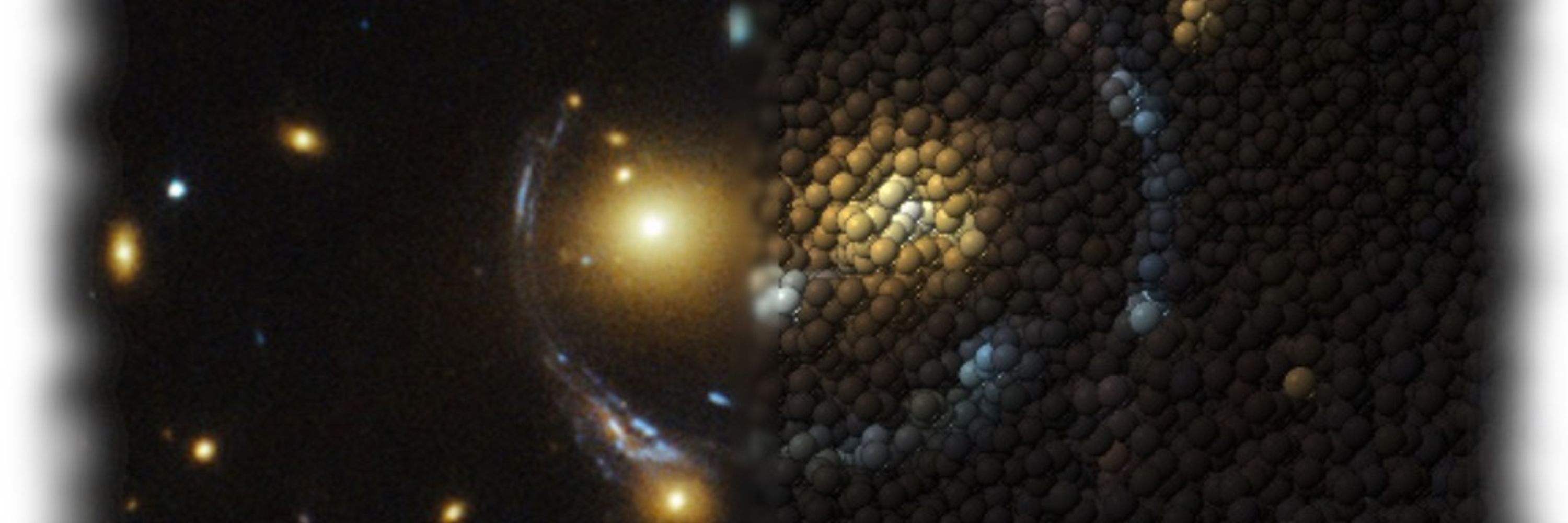
https://thegravitygrinch.blogspot.com
Can this be done? How?
#Chatgpt

Can this be done? How?
#Chatgpt
(Picture by his lovely wife taken from the bird platform...)
#astronomy #astrophysics #cosmology

(Picture by his lovely wife taken from the bird platform...)
#astronomy #astrophysics #cosmology
landsat.gsfc.nasa.gov/apps/YourNam...

landsat.gsfc.nasa.gov/apps/YourNam...
Now that we are friends, I will think of a paper worth submitting (never tried).

Now that we are friends, I will think of a paper worth submitting (never tried).



It thus misses to include velocity components perpendicular to our lines of sight. Yet, one thinks they have a small impact: the smaller theta, the smaller their impact.

It thus misses to include velocity components perpendicular to our lines of sight. Yet, one thinks they have a small impact: the smaller theta, the smaller their impact.






arxiv.org/abs/2504.04135
#cosmology #astronomy

arxiv.org/abs/2504.04135
#cosmology #astronomy
(all credits to Peyman Milanfar who posted the idea on X)
#mathematics #outreach #science

(all credits to Peyman Milanfar who posted the idea on X)
#mathematics #outreach #science


#science #Outreach #astronomy




#science #Outreach #astronomy

#HappyHolidays to all of you whatever you want to celebrate or if you want to celebrate at all.

#HappyHolidays to all of you whatever you want to celebrate or if you want to celebrate at all.

(y-axis is tan(source pos) of lens equation with z_lens=0.024 z_source=0.05, x-axis is radius of closest approach / Schwarzschild radius)

(y-axis is tan(source pos) of lens equation with z_lens=0.024 z_source=0.05, x-axis is radius of closest approach / Schwarzschild radius)

...have a look at this highly odd gravitational lens. 🔭🧪

...have a look at this highly odd gravitational lens. 🔭🧪

